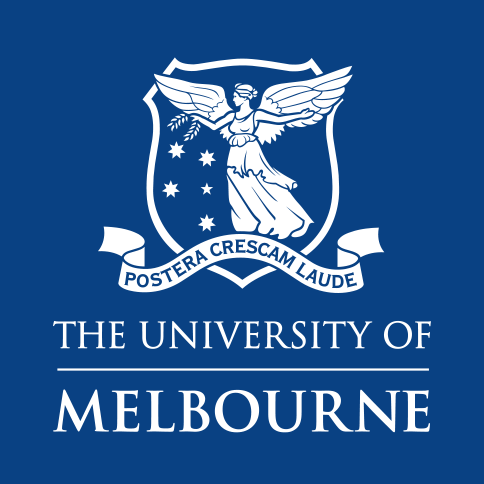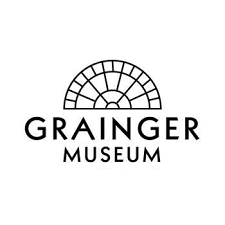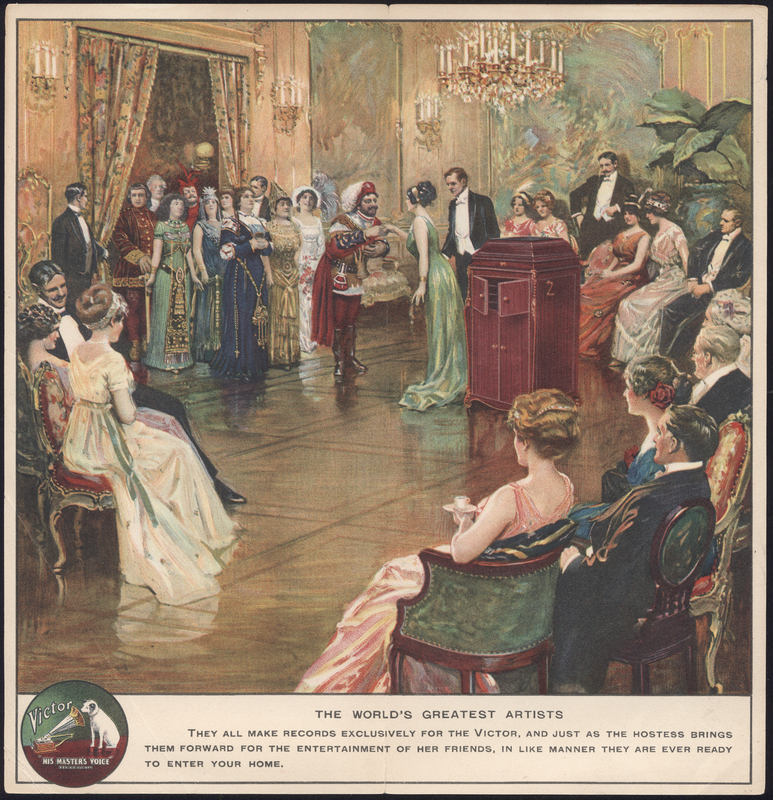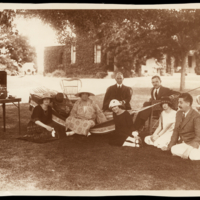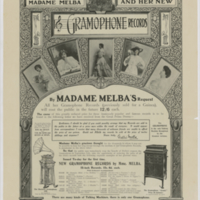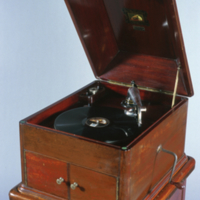Becoming famous through technology
Technological advances, such as telegraphic communication, sound recording and transmission, provided both performers with ways to expand their reach far beyond the stage and changed what it meant to be famous.
Melba was among the earliest singers to make gramophone recordings. Her first commercial releases, recorded in her London home, were issued in 1904 featuring an exclusive lilac label. She went on to make over 100 records in the United Kingdom and the United States. In 1920 Melba’s voice was heard around the world during the first concert on radio, broadcast by the Marconi Company. Three years later, an estimated 40,000 people heard her sing in La Bohème during one of the earliest radio broadcasts of opera.
Grainger observed in 1914:
‘My fame as composer has also brought with it an enormous mass of extra work, thousands of letters, enquiries from Gramophone Cos.’
He became an advocate for recording and dissemination technologies, including gramophone records and pianola recordings, understanding their utility not only in disseminating his music to a wider audience, but also as a means of archiving music for posterity.
Melba and Grainger’s celebrity status was reflected in a vast amount of press interest throughout their careers. They enjoyed the benefits of this attention, but also suffered from negative and inaccurate press. A particularly aggressive attack on Melba in Melbourne’s Truth newspaper in 1903 included a false accusation of excessive drinking which threatened to tarnish her reputation for the rest of her life.
